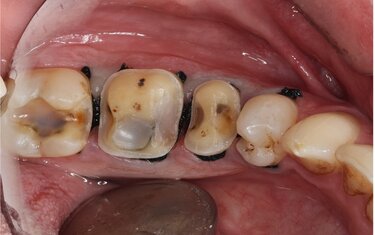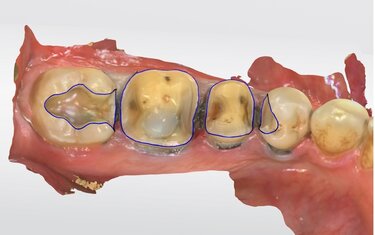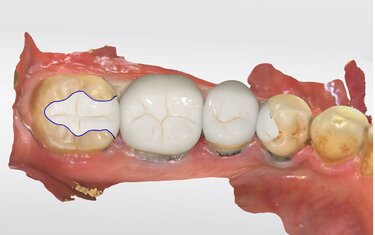Cracks and fractures associated with amalgam restorations are commonplace in general dental practice. This is especially true if there is a significant loss of tooth structure. Every dentist sees this on a day-to-day basis.
Many of these teeth are structurally compromised, and it is common to find evidence of carious lesions beneath these cracks. Not only that, but it is also common to find carious lesions in the adjacent teeth, mesial or distal to the cracked tooth. Especially if the cracks run interproximally.
An adhesive, conservative approach is the ideal method of restoring these teeth. With in-house CAD/CAM, we can achieve this with a better fit, fewer visits, and much more efficiently than ever before.
Ivoclar Vivadent is a global leader in dental materials. I think everyone can agree on that. With the advent of modern ceramics and hybrid materials, we can treat cracked teeth and carious lesions better than ever before. IPS e.max® pioneered this progression and was instrumental in the movement away from PFM. Tetric® CAD compliments e.max® perfectly. It is fast to mill, easy to process, and can be utilized alongside e.max for inlays and onlays.
This patient presented with a classic representation of the ‘murder house’ days. A quadrant packed full of amalgam fillings, many with surrounding cracks and underlying carious lesions.
The plan was to place four indirect restorations, all done in a single visit. The first premolar and second molar were restored with milled inlays using IPS Tetric CAD. The second premolar and first molar were restored with full coverage restorations using IPS e.max CAD®.
Although many materials are coming on the market, there is only one gold standard until proven otherwise. IPS e.max CAD is my material of choice for 90% of my single-unit ceramic restorations. It is backed up by over ten years of research, and it has been incredibly predictable, aesthetic, and fit for purpose in our clinic.
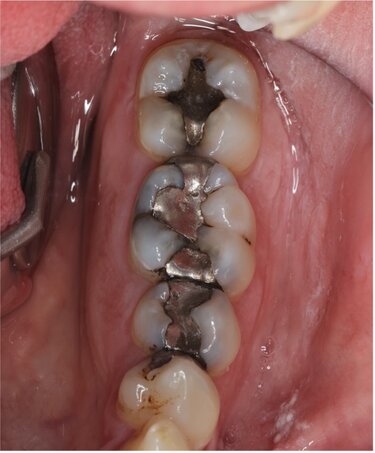
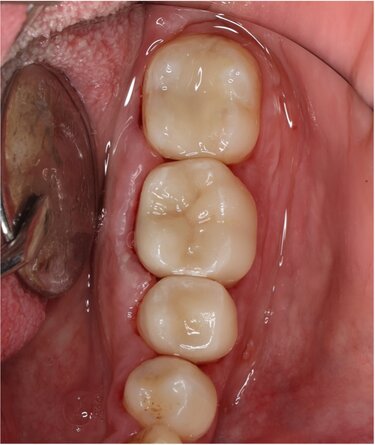
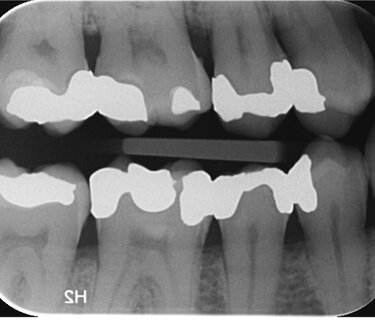
Restorations designed using CEREC Primescan. A combination of full coverage and inlay restorations have been fabricated digitally.
Two e.max ceramic onlays and two tetric cad inlays. Resin cement was used to bond the restorations - immediate post-operative.
Restorations fabricated using CEREC Primescan, Primemill, and Ivoclar Vivadent IPS e.Max and Tetric CAD.
CAD/CAM has revolutionized dentistry. Digital is the future of the profession and provides endless benefits to both dentists and patients. Anyone not adopting digital techniques is falling behind. The use of research-based ceramic materials is the ideal approach to tackle these situations. e.max has been proven time and time again as the gold standard ceramic material. By choosing a suitable material and executing the treatment properly, you will have peace of mind in the long-term outcome of the result.
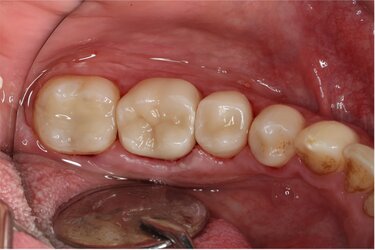
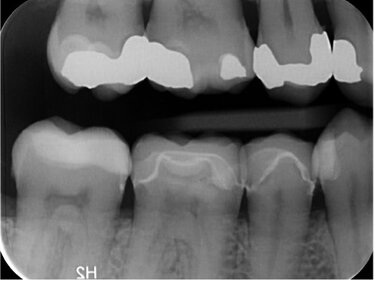
Bio:
Dr. Ahmad Al-Hassiny is a global leader in digital dentistry and intraoral scanners, carrying out lectures as a KOL for many companies and industry. He is one of the few in the world who owns and has tested all mainstream scanners and CAD/CAM systems in his clinic. Dr. Ahmad is also the Director of The Institute of Digital Dentistry (iDD) in Wellington NZ, a world-leading digital dentistry education provider. iDD offers live courses, masterclasses, and an online training platform, with a mission to ensure dentists globally have easy and affordable access to the best digital dentistry training possible.
Having graduated from the University of Otago, New Zealand with First Class Honours and being awarded many clinical and research prizes, Dr Ahmad has continued his pursuit of excellence in dentistry. He has carried out many aspects of complex digital dentistry, including CAD/CAM full mouth rehabilitation and digital smile design, all done in-house. He has seen first-hand through his work how CAD/CAM and digital dentistry can positively change daily dental practice.
Receive our monthly newsletter on recently published blog articles, upcoming education programs and exciting new product campaigns!
